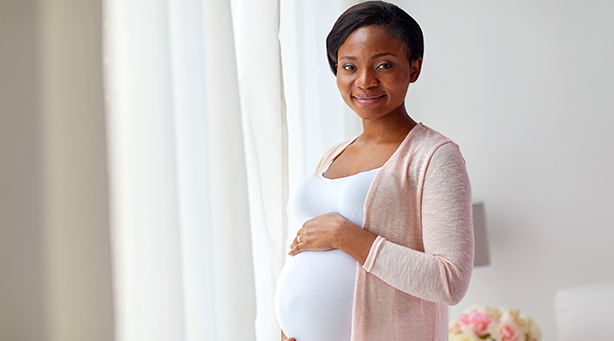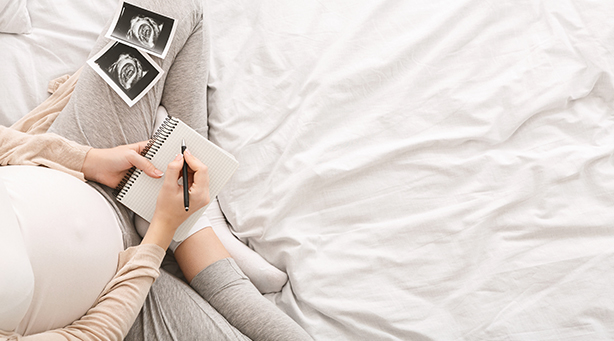Procedures
Chronic pelvic pain
Overview
Chronic pelvic pain is pain that occurs in the area below your belly button and between your hips that lasts 6 months or longer. Chronic pelvic pain is a complex medical condition that may have multiple causes such as:
- Musculoskeletal problems – These are conditions that affect your bones, joints and connective tissue such as fibromyalgia, pelvic floor muscle tension, inflammation of the pubic joint or hernias, which may result in recurring pelvic pain.
- Chronic pelvic inflammatory disease – This occurs when a long term infection that is often transmitted sexually, causes scarring, which may involve your pelvic organs.
- Ovarian remnant – After surgically removing the uterus, ovaries and fallopian tube, a small piece of the ovary may be left inside accidentally which may later develop and form painful cysts, causing pelvic pains.
- Pelvic congestion syndrome – This is a condition that occurs due to problems with the enlarged veins in the pelvic area. This may cause chronic pelvic pain.
- Painful bladder syndrome – This condition is associate with recurring pain in your bladder which may be accompanied by an urge to urinate frequently. As your bladder gets full, you may experience pelvic pain.
What are the related symptoms of chronic pelvic pain?
Signs and symptoms of chronic pelvic pain may include:
- Severe and steady pain
- Pain which may come and go (intermittent)
- Dull aching
- Sharp pains or cramping
- Pressure or heaviness deep within your pelvis
- Pain during intercourse
- Pain when you urinate or have a bowel movement
- Pain when you sit for a long period of time
You may experience some discomfort which may intensify after standing for long periods and may be relieved when you lie down. The pain may range from being mild and annoying, to being severe that you miss work, can’t sleep and can’t exercise.
How is chronic pelvic pain treated?
The main goal of chronic pelvic pain treatment is to reduce symptoms and improve the quality of life. If the cause is identified, treatment will focus on treating the cause. However, if the cause cant identified, treatment focuses on managing pain and other symptoms. Dr Hlabisa may recommend the following:
- Medications – Depending on the cause, Dr Hlabisa may prescribe pain relievers, hormone treatments, antibiotics and antidepressants.
- Neurostimulation (spinal cord stimulation) - This involves implanting a device which blocks the nerve pathways so that pain signals don’t reach the brain.
- Trigger point injections – If Dr Hlabisa is able to pinpoint where the pain is, he will inject a numbing medication into those painful spots or trigger points to block pain and ease discomfort.
- Laparoscopic surgery – This procedure involves the removal of adhesions or endometrial tissue using a thin viewing instrument called a laparoscope.
- Hysterectomy – This procedure involves the removal of the uterus, fallopian tubes or ovaries.




